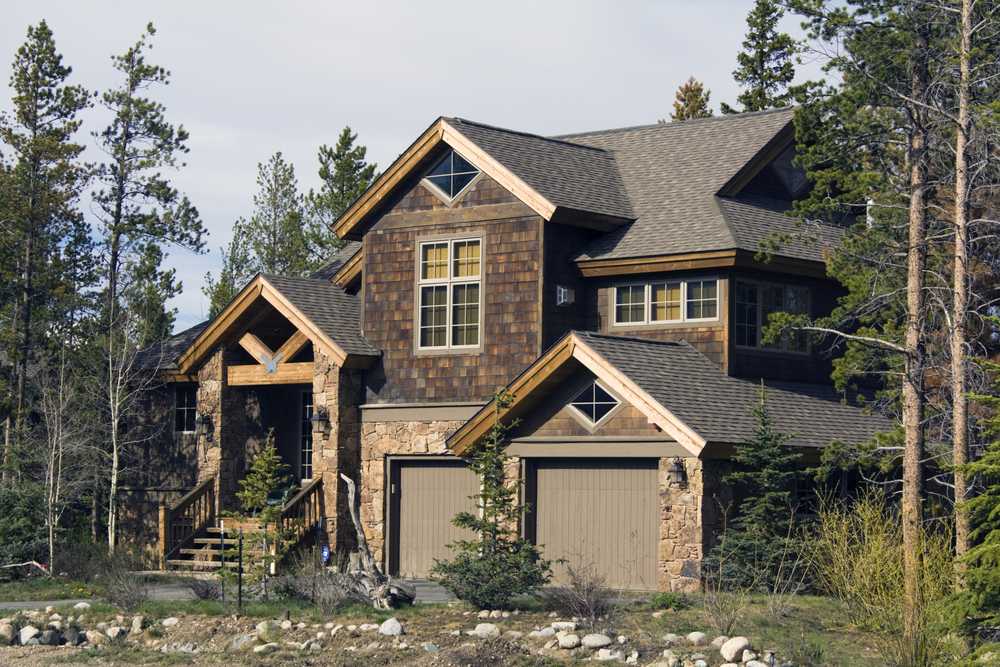If you’re worried that the next winter season might wreak havoc in your home, then it’s a good idea to start thinking about getting a new roof.
Your roof is what protects you and your home’s interior from harsh, wintry conditions, and ensuring it is structurally sound at all times is vital for keeping the weather out.
But what does a new roof installation project involve? Here’s what to know about the roof installation process.
1. Hiring a Professional Roofer
Installing a new roof is hard work. Plus, it can be dangerous as it involves working at height. Combine that with the unpredictable conditions we see here in Colorado, and you can see why it pays to hire the pros.
Very few people attempt to go the DIY route for good reason. It’s best to seek the assistance of professional Denver roofers.
2. Tearing Off the Old Roofing Material
Some people install a new roof over an existing one because they want to save time and minimize roof installation costs.
For the most part, this isn’t a good idea. Installing new roofing material over existing layers of material increases the weight of the entire roofing system. This can lead to roof failure if the roof structure can’t support the extra weight.
Plus, it’s almost impossible to properly install new roofing material without getting rid of the old material first. The old roof should be torn off to the decking before it can be built again.
3. Inspecting the Roof Deck for Damage
The roof decking or sheathing of a roof is the crucial rigid surface supporting the weight of the roofing system. It is the plywood or board secured onto the rafters (support framing of the roof) that serves as a base onto which outside roofing materials are attached.
The sheathing should be inspected to reveal any signs of water or moisture damage. Potential trouble areas will need to be removed and replaced before new material can be secured onto the surface. A professional Denver roofing contractor will be able to spot any damage.
4. Installing Self-Adhering Underlayment
Installing a weatherproofing barrier is vital for homes located in areas that experience winter weather like Denver.
A self-sticking underlayment can be used to protect the roofing system against ice and water damage that may occur when wintry conditions set in.
This sticky underlayment is laid on and adheres to the roof decking. It is then nailed down for extra strength and stability.
5. Installing Drip Edge Flashing
Drip edge flashing is the L-shaped strip of metal installed along rakes, ridges, eaves, and other edges of the roof prone to water seepage. It also gives roof edges a beautiful finished look.
The metal strip can be cut to size with tin snips and should be nailed down every couple of feet.
6. Rolling Out Roofing Felt
Roofing felt is installed above the self-stick underlayment to provide the roof deck with a secondary layer of protection from the weather.
This roofing product is rolled out until the entire roof is covered. Roofing cap nails or staples are usually used to secure the paper onto the initial layer of underlayment.
7. Laying the New Roofing Material
The final step of the roof installation job is laying, securing and sealing the new roofing material.
It is important to note that roof installation procedures tend to vary depending on the specific type of material used.
Need a Quote from a Denver Roofing Contractor?
If you want to know how much your new roof installation project will cost, request a free estimate today.


